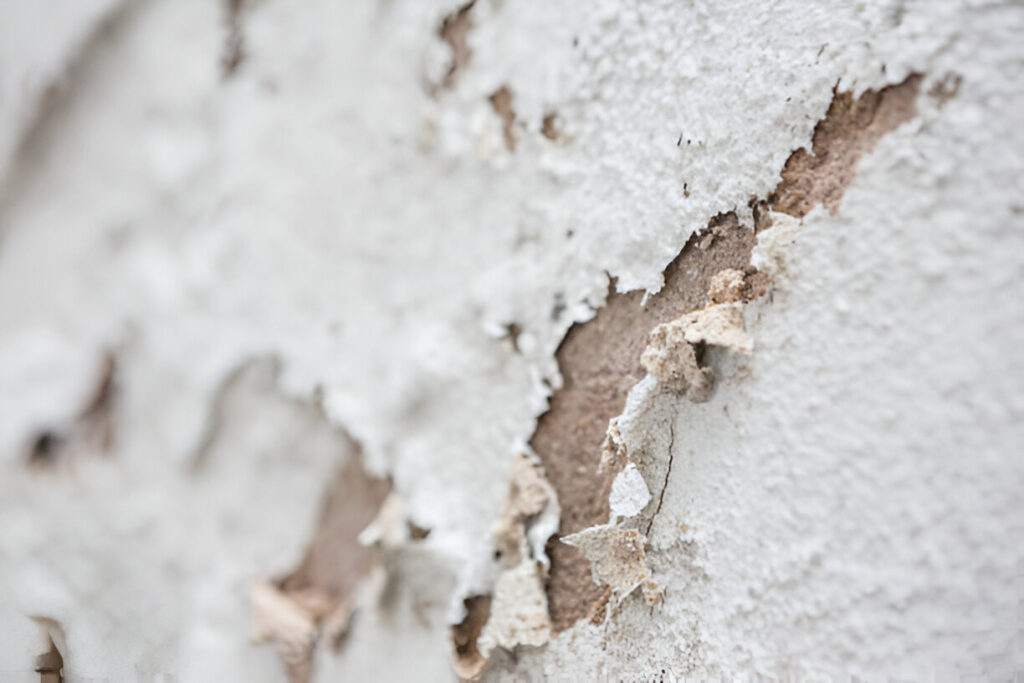You might have heard about lead, right? But a few people don’t have an exact idea of the dangers lead can pose. It hides in old paint, pipes, and even dust. For families, especially with young children, lead is not just a small problem. It’s a health risk.
How to get rid of it?
Get Lead Abatement in NYC. It removes lead from your home.
Today, we will be discussing what lead exposure means, where it comes from, its effects on your health, and why abatement is so important.
What Is Lead and Why Is It Dangerous?
Lead is a heavy metal. It doesn’t belong in the human body. In the past, lead was used in many household products. Paint, plumbing pipes, gasoline, and even toys once contained lead.
The problem is that when lead gets inside the body, it stays there. Over time, it builds up in the bones, blood, and organs. Children are most at risk because their bodies are still growing. Even small amounts can harm their brain, nerves, and development.
Adults are not safe either. Long-term exposure can damage the heart, kidneys, and nervous system. That’s why no level of lead exposure is considered safe.
Where Can Lead Be Found in Homes?
Many homes built before 1978 are likely to contain lead-based paint. That was the year the U.S. banned it for residential use. But millions of older homes still carry the risk.
Here’s where lead might be hiding:
- Walls and trim: Peeling or chipped old paint often contains lead.
- Windows and doors: Friction surfaces release lead dust when opened and closed.
- Floors and carpets: Dust settles where children play.
- Pipes and plumbing: Lead pipes or solder can contaminate drinking water.
- Soil outside: Paint flakes from the home can mix into the dirt.
If you live in an older house, these risks are higher. Even a small amount of peeling paint or dust can create exposure.
How Does Lead Enter the Body?
Lead exposure usually happens in two ways: breathing and swallowing.
- Breathing dust: When lead paint chips or breaks down, it turns into fine dust. This dust floats in the air and is easy to inhale.
- Swallowing particles: Children often put their hands or toys in their mouths. If those surfaces are dusty, they swallow lead. Drinking water from old pipes is another source.
Unlike some toxins, lead has no smell or taste. You cannot see it in dust or water. That makes it even more dangerous because families may not know it’s there.
Who Is Most at Risk of Lead?
Anyone can suffer from lead exposure, but some groups are more vulnerable:
- Children under six: Their brains and bodies are still developing. Lead affects their learning, behavior, and growth.
- Pregnant women: Lead can cross the placenta and harm the unborn child.
- Older adults: Long-term exposure increases the risks of heart and kidney problems.
Because kids spend more time on the floor and put objects in their mouths, they are the first to suffer when a home has lead hazards.
How to Tell If Your Home Has Lead
If your home was built before 1978, assume there might be lead. A professional inspection is the only way to be sure.
Experts use special tools to check paint, dust, and soil. For water, lab tests can confirm if lead is in your pipes.
You should also pay attention to signs around your home: peeling paint, dust near windows, or children with unexplained health issues. These can all be warning signals.
What Is Lead Abatement?
Lead abatement is the process of safely removing or sealing lead hazards from a home. It is not a simple DIY project. Because lead dust spreads easily, trained and certified professionals must handle it.
There are several methods:
- Encapsulation: Covering the surface with a protective coating.
- Enclosure: Using new materials, like drywall, to cover the old surface.
- Removal: Stripping away the lead paint using safe methods.
- Replacement: Taking out old windows, doors, or pipes and putting in new ones.
Abatement is different from quick repairs. It is a permanent solution designed to make a home safe for good.
Why Lead Abatement in NYC Is Essential
You might wonder, why not just paint over the problem? The truth is, temporary fixes don’t last. A small crack in the surface can release dust again.
Abatement is essential because:
- It protects children. The most serious harm happens during the early years.
- It prevents long-term health problems. Families avoid future medical issues.
- It makes your home safer and healthier. You gain peace of mind.
- It increases property value. Homes without lead risks are easier to sell.
- It saves money in the long run. Medical costs and repairs add up.
Simply put, abatement is an investment in safety and health.
Everyday Steps to Reduce Risk
Until abatement can be done, families can take steps to lower exposure:
- Wash children’s hands often, especially before meals.
- Clean floors and surfaces with wet mops instead of dry dusting.
- Take shoes off before entering the house to avoid tracking soil.
- Run cold water for a few minutes before using it for drinking or cooking.
- Keep children away from peeling paint or renovation areas.
These actions do not remove lead, but they can reduce the risk until professionals step in.
Also Read: Lead Paint Inspection Deadlines under Local Law 31
Get Professional Help For Lead Abatement in NYC Today
Lead hazard is not something you can take for granted. If your home or building in New York City was built before 1978, there’s a strong chance that lead paint or dust may still be present. Hire a certified expert today for lead abatement to protect your family, tenants, or employees.
At Manhattan Lead, we provide safe and reliable lead abatement services in NYC. Our team adheres to strict safety standards to remove or contain lead, ensuring your property remains healthy and compliant.
Reach out to us today and make your property safe again.




